
2022 Royal Enfield Hunter 350 Review: First Ride
The all-new Hunter 350 promises to be light, agile, and fun – qualities that you don’t usually associate with a Royal Enfield. So, does it keep its promises? We rode it in Bangkok to find out!
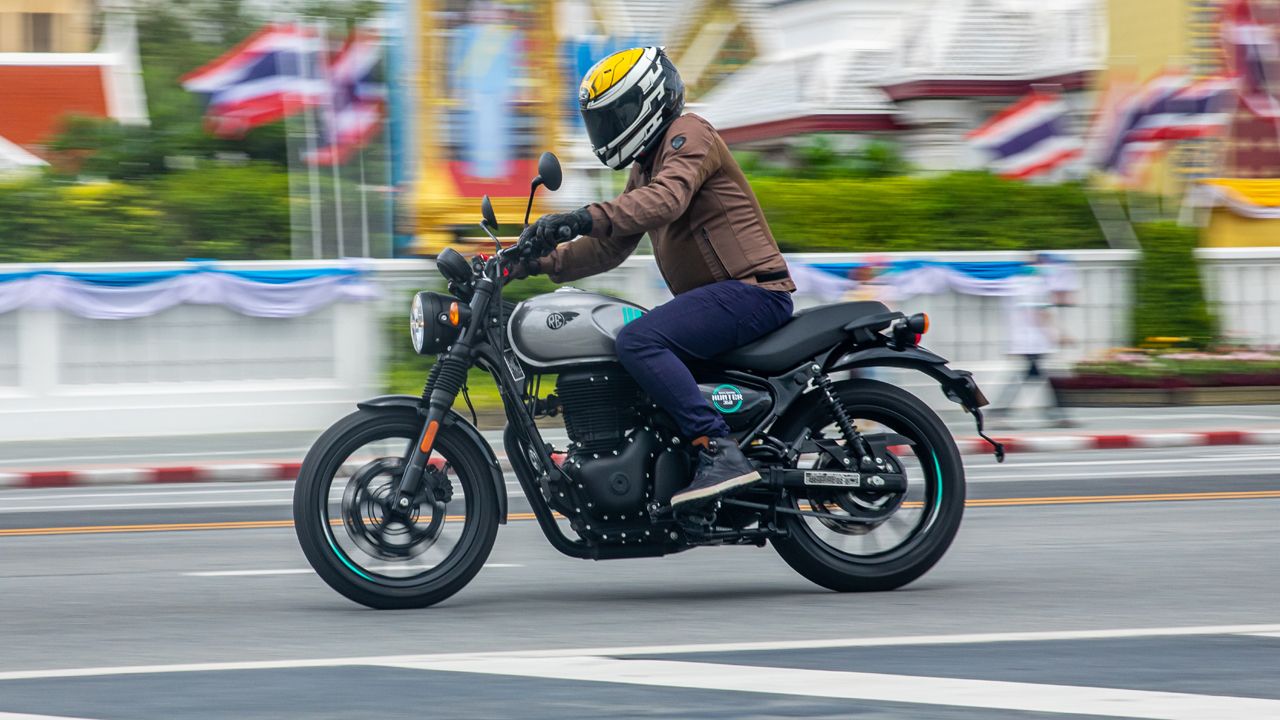
The all-new Hunter 350 promises to be light, agile, and fun – qualities that you don’t usually associate with a Royal Enfield. So, does it keep its promises? We rode it in Bangkok to find out!
Bangkok’s Chinatown is a really busy place. Colourful lights, crowded walkways, and maddening traffic are a few of its defining aspects. But we were there on a Friday night, so things were worse than usual. To say that the queues of crawling cars on the road were ‘long’ would be a gross understatement. But our lead rider, George Stanley – a British Superbike racer – weaved through traffic, and two other journos followed suit. We were in a group of five. However, when it was my time to slice through the gap, a Mazda inched slightly forward, its mirror blocking my way. Truth be told, there was enough space for my bike to squeeze through, but I resisted. I didn’t want to show my Indianness – in other words, impatience – on the road. So, I waited.

A couple of minutes of courteous and sensible riding later, I saw the lead group vanish from my sight. ‘Okay, I don’t want to be lost now. Let’s catch…’ But before I could finish that sentence in my mind, a Honda PCX zipped by through a small gap between the sea of pickups, hatchbacks, supercars, and what have you! I thought to myself, ‘Following the local way of riding won’t be considered impolite, I guess!’ and immediately went on to follow the PCX man. The next couple of minutes were a bit of a revelation. First, Thai riders, as opposed to Thai car drivers, are just as notorious as us Indians when it comes to cutting through jams and chock-a-bloc traffic. Second, and rather more surprisingly, how the hell was I doing all that on a Royal Enfield? How can a bike from India’s oldest motorcycle maker be so agile and effortless to navigate through traffic? Impressive!
The said Royal Enfield is the all-new Hunter 350. According to the company, it’s their first roadster, and one that will change your perspective about Royal Enfield motorcycles, for it’s based on an all-new platform that promises light, agile, and fun performance. Sounds too good to be true, doesn’t it? Now, we managed to ride this brand-new motorcycle in Thailand a couple of days ago, so let’s see if the Hunter 350 can really walk the talk.
Short & Stunning
During the product brief, Royal Enfield claimed that the Hunter 350 project started back in 2016, meaning it took them a heck of a lot of time to put this thing on the road. Why? That’s because they were busy perfecting the ‘roadster’ formula. Not only did they want it to be functionally perfect but also aesthetically appealing – something that’s quite evident in the Hunter’s design.
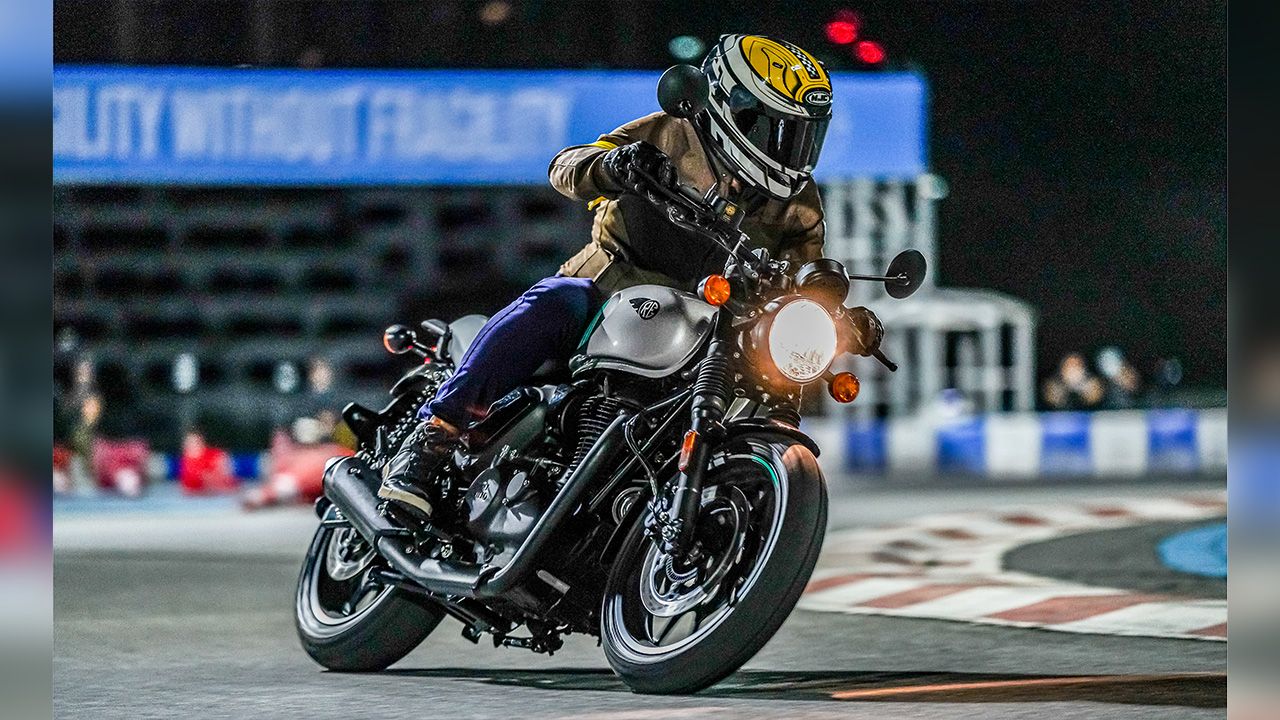
As far as first impressions go, it looks cool and classy, albeit a bit sporty. There’s also no doubting the fact that its styling is inspired by a modern British classic – Triumph Street Twin – but, then, there are only so many ways you can design a classic roadster. The round headlamp (no LED headlamps still, sadly), beefy front-end, peanut-style fuel tank, compact dimensions, and stubby rear section, along with a short muffler, are some of its key design highlights. The Hunter comes with 17-inch alloy wheels on both ends, which make it look even sportier. I also love the vibrant paint options that are on offer. Too cool! And, in case, you want it to look even cooler and more retro, there’s another version called ‘Retro’, which comes with single-tone paint options and spoke wheels. I personally love the design details of that bike more, but since it comes with spoke wheels (cooler looking, without a doubt) shod with tube-type tyres (a pain in the backside in case of punctures), I’d rather stick with the Metro version. Not to mention, the Metro version gets more bells and whistles, including an LED taillamp and a fatter rear tyre (140/70-17 vs 120/80-17).
The instrumentation here is familiar, as the Hunter gets the part-analogue and part-digital single-pod cluster of the Meteor. Tripper navigation (the second pod) is optional. You do also get a USB charging port (not Type-C) tucked neatly under the switch console. Dual-channel ABS and front and rear discs are standard on the Metro, while the Retro gets drum brakes on the rear wheel and single-channel ABS.
Hunt the Grunt
The Hunter is powered by the 349cc J-Series engine of the Meteor and Classic 350. The specifications are identical, but the engine’s tuning has changed in terms of fuelling and ignition for sharper throttle response. But, is that really the case? The answer is a resounding Yes!
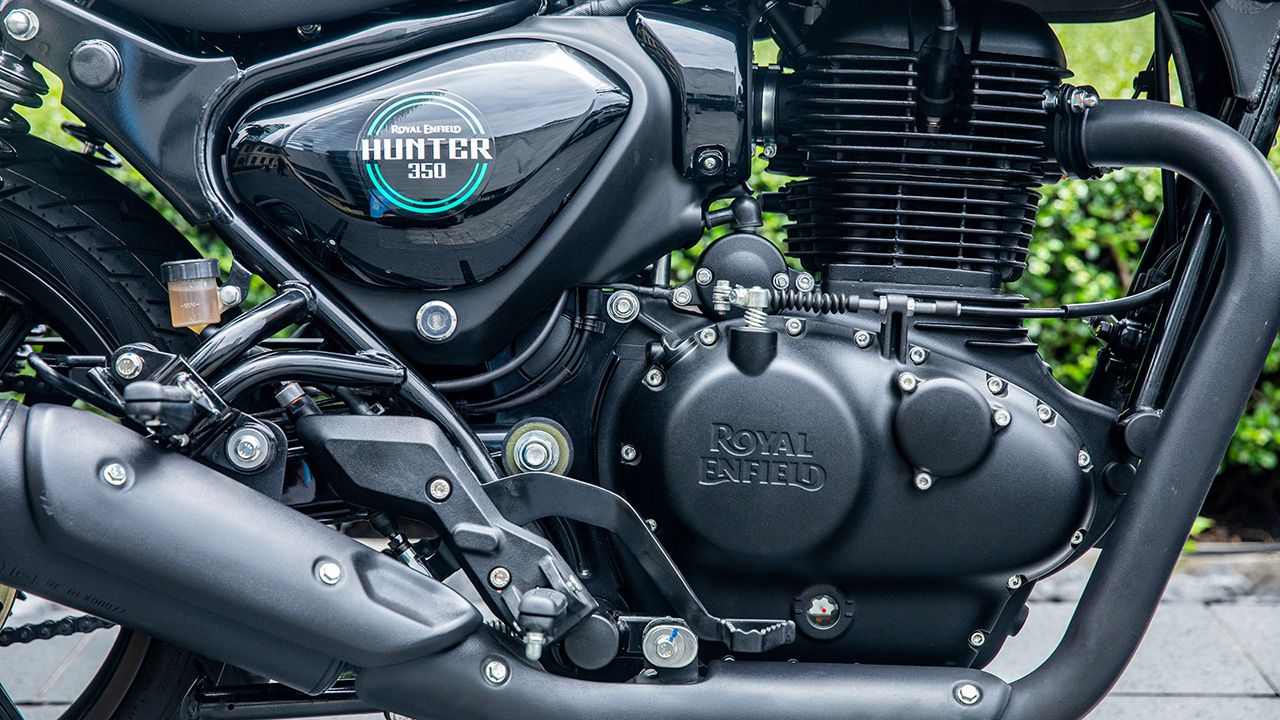
Even though the engine retains its typical trait – strong grunt low down in the rev range and a solid mid-range punch – it’s definitely peppier and feels sprightlier to rev in the Hunter. So much so that I kept hitting the limiter in the first and second gears. I enquired with RE folks if the gearing has been altered, but they said that it’s exactly the same as the Classic 350, including the final drive ratio.
Another reason why the Hunter 350 feels livelier and more eager is that it’s almost 14kgs lighter than its Classic counterpart, at 181kgs (wet). And this makes a world of a difference, obviously.
The 5-speed gearbox is a smooth-shifting transmission. There’s no slipper clutch on offer, though, and the clutch lever feels a little stiff to operate, particularly in stop-go traffic.
Engine vibrations are present at high speeds, and above 80 – 90km/h, they are quite prominent – you can feel them through the seat, tank, pegs, and handlebar at triple-digit speeds. The mirrors also start shaking quite vigorously at these speeds, and it’s hard to see what’s behind you and what’s not.
New Geometry
While its J-Series engine is a proven performer, the Hunter’s ride-and-handling in real-world conditions would be its real litmus test. So, is this roadster as light, nimble, and fun-to-ride as it’s cracked up to be?
Geometry – that’s the keyword for the Hunter 350, says Royal Enfield. That’s because the company’s R&D team, reportedly, worked tirelessly to get the Hunter’s dynamics spot-on, and this required trying out different configurations for chassis and suspension for months. In the end, the engineers zeroed in on an all-new twin downtube spine frame, featuring 41mm front forks, twin shocks at the rear, 17-inch wheels, a sharp rake angle of 25 degrees, and a compact exhaust system for mass centralisation. Since it’s a motorcycle meant primarily for commuting, it has a neutral riding position, thanks to mid-mounted pegs and a tall and wide handlebar. What’s more, at 790mm, it’s got an easily accessible seat height. That said, its low ground clearance of 150.5mm will raise some eyebrows in India.
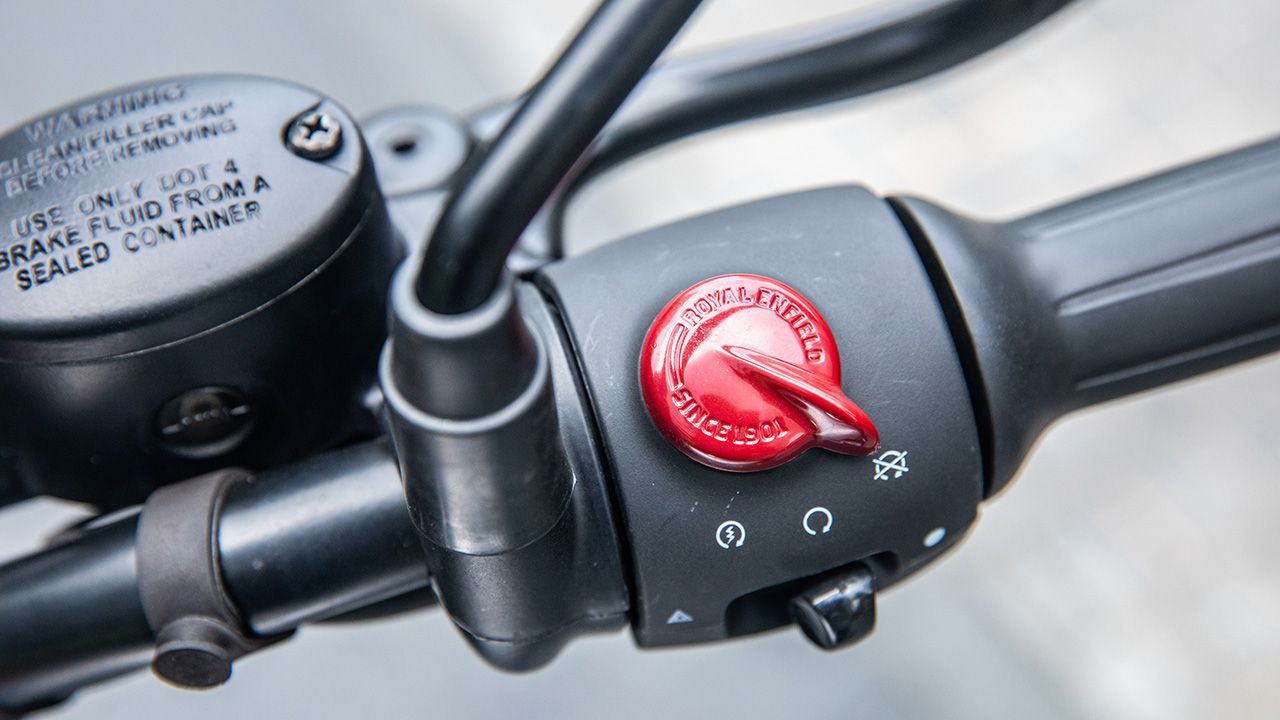
On the move, the Hunter feels tremendously light on its feet. And like I said in the beginning, it’s a bit of a surprise because you don’t expect an RE bike to be this light and agile. Navigating through traffic is a piece of cake, as the steering drops in and out of tight spots effortlessly. You don’t have to muscle it around. During our ride, we also got to do a couple of laps on a go-kart track, and suffice it to say that it was a fun ride. It’s not an outright corner carver, but it’s a happy puppy around corners. Its turn-in is quick, and it’s remarkably stable and confidence-inspiring – so much so that you can carry some crazy speeds through long sweeping bends. It’s fun in an effortless and not serious way, if you know what I mean.
What could have been better? Well, the Ceat tyres seem somewhat of a limiting factor, as they don’t have enough grip – I think that the chassis is capable of a bit more than what the tyres offer. Similarly, the brakes aren’t sharp, and the lever has a springy action. The ABS on the rear wheel is a little too intrusive as well.
Now, since we didn’t get to ride the Hunter 350 on bad roads in Thailand simply because there aren’t any, we can’t comment on its ride quality; however, over some bumpy sections, it was apparent that the suspension is tuned for a sporty ride (stiff!). It’s not as absorbent as the Classic for sure, and that’s understood. Its high-speed stability is good, too. The saddle is wide and the padding is a little hard. While it’s comfortable for shorter distances, it’s not that great when you’re riding with a pillion passenger.
Verdict
For me, everything about the Hunter 350 (barring its name perhaps) is impressive! Sure, there are a couple of flaws, and I’ve already listed them above, but as a Royal Enfield that’s meant to be a ‘roadster’ or a city bike, the Hunter 350 serves its purpose rather well. Its nimble handling, clubbed with the classic grunt of a long-stroke motor, is what makes it a stellar city runabout. Not to mention, it looks quite classy and old-school, meaning that RE essence is not lost. And the icing on the cake is its pricing. Starting at Rs 1.49 lakh (Retro) and Rs 1.64 lakh (Metro), the Hunter 350 is a really tempting proposition.
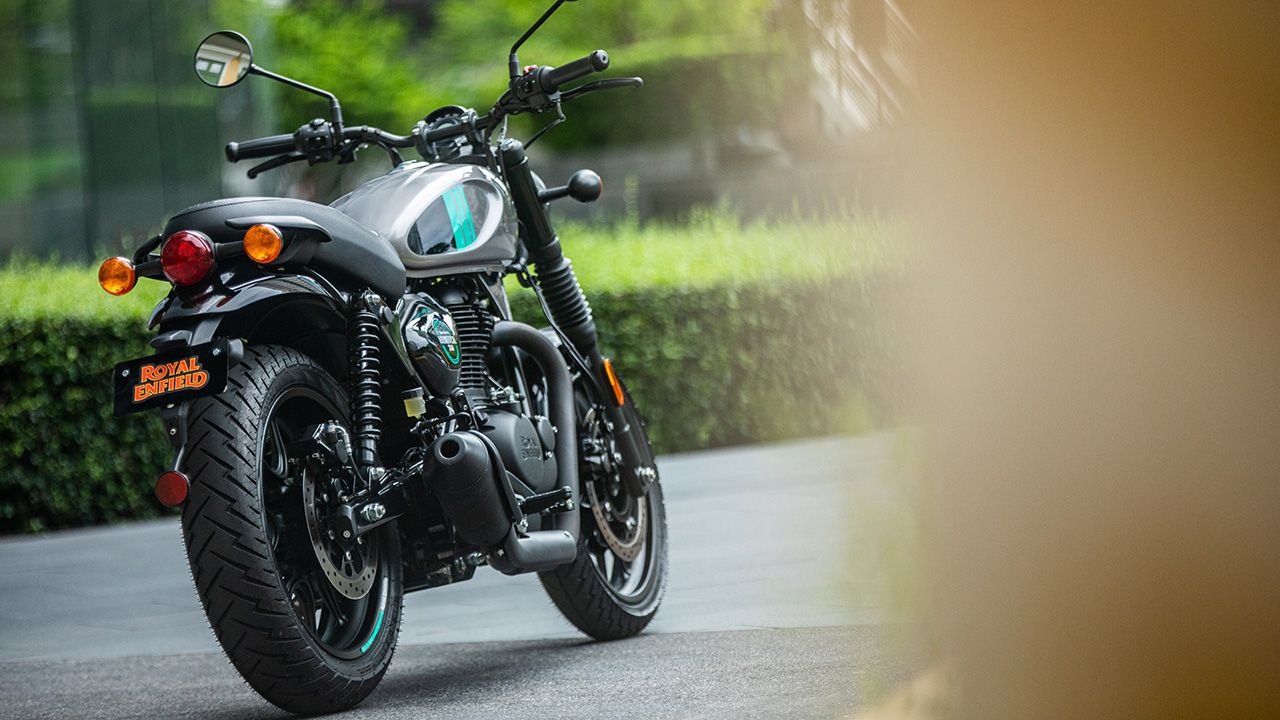
Put simply, the Hunter has got everything that you expect and everything that you don’t expect from a Royal Enfield. And that’s what makes it a darn good motorcycle.
Read more:
Engine: 349cc / Single-Cylinder
Transmission: 5-Speed
Power: 20.2bhp @ 6,100rpm
Torque: 27Nm @ 4,000rpm
Price (Ex-Showroom): Retro – ₹1.50 lakh / Metro Single-Tone: ₹1.64 lakh / Metro Dual-Tone: ₹1.69 lakh
X-Factor: The Hunter 350 is an effortless, agile, and fun-to-ride motorcycle that’s still an RE at heart.
|
Pros |
Cons |
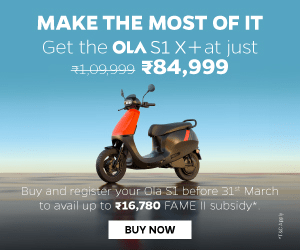

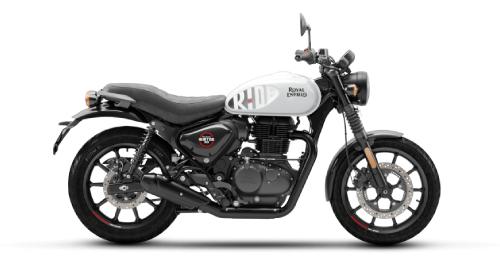

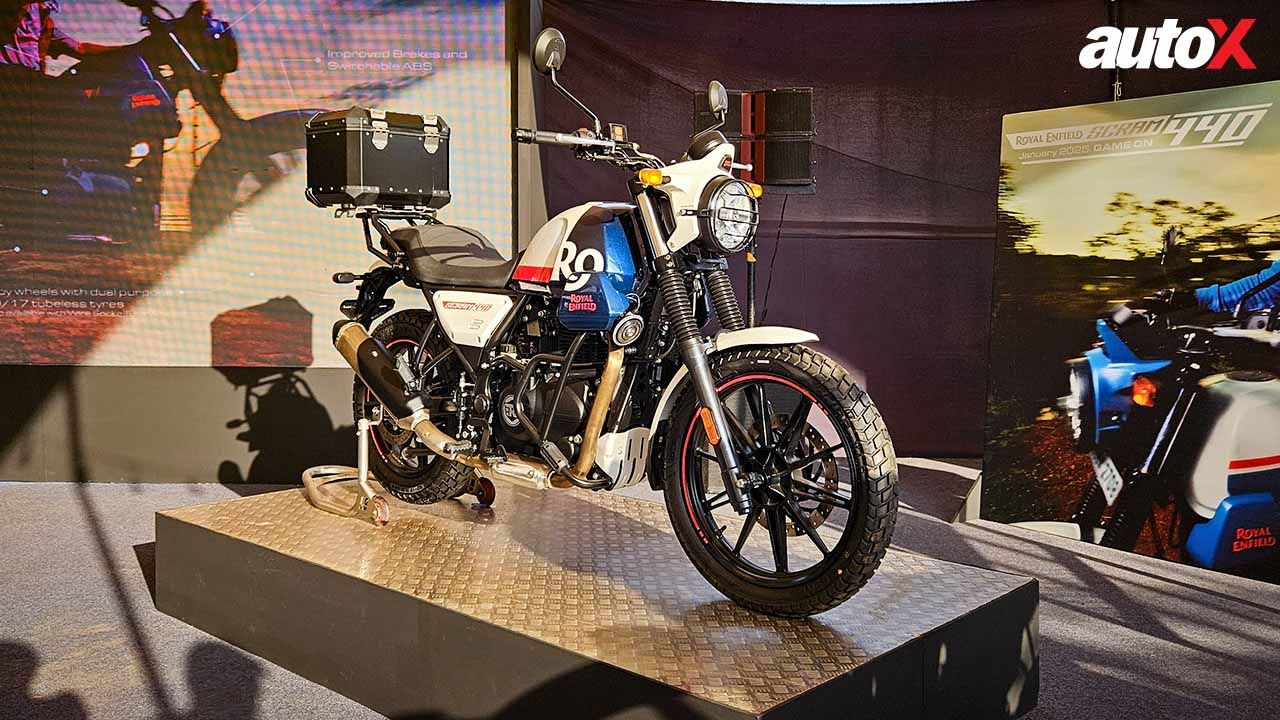
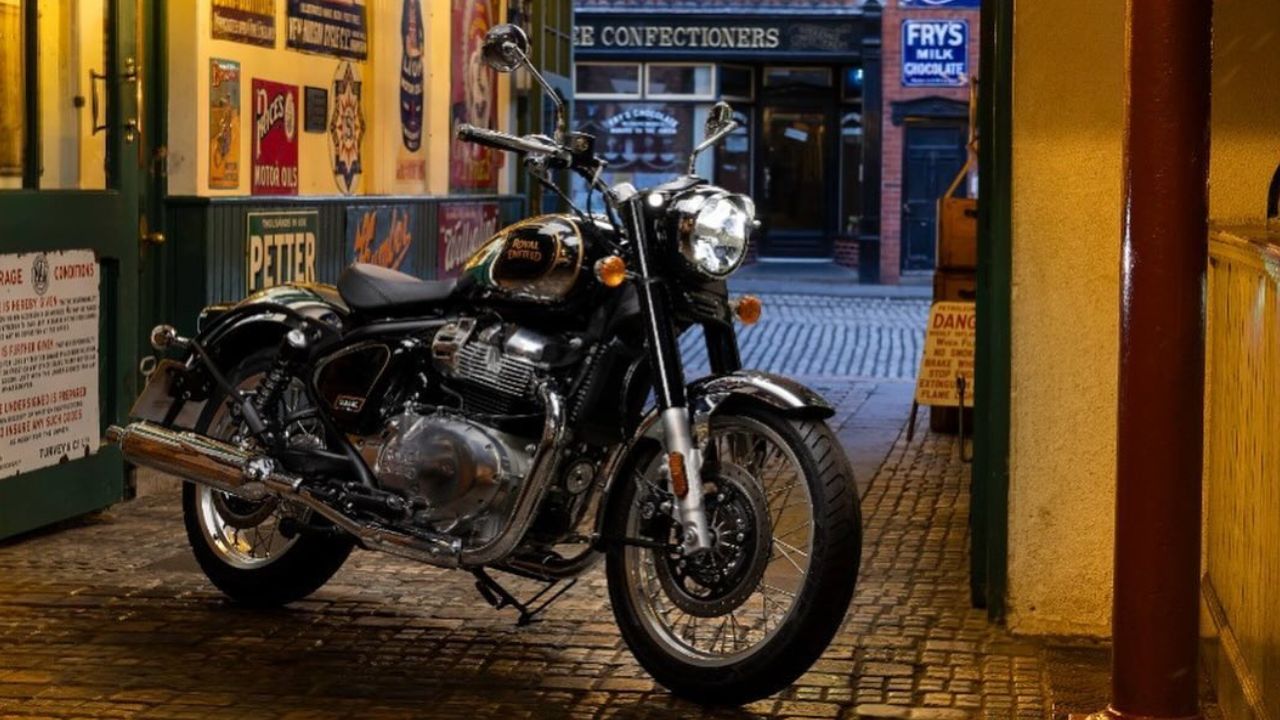
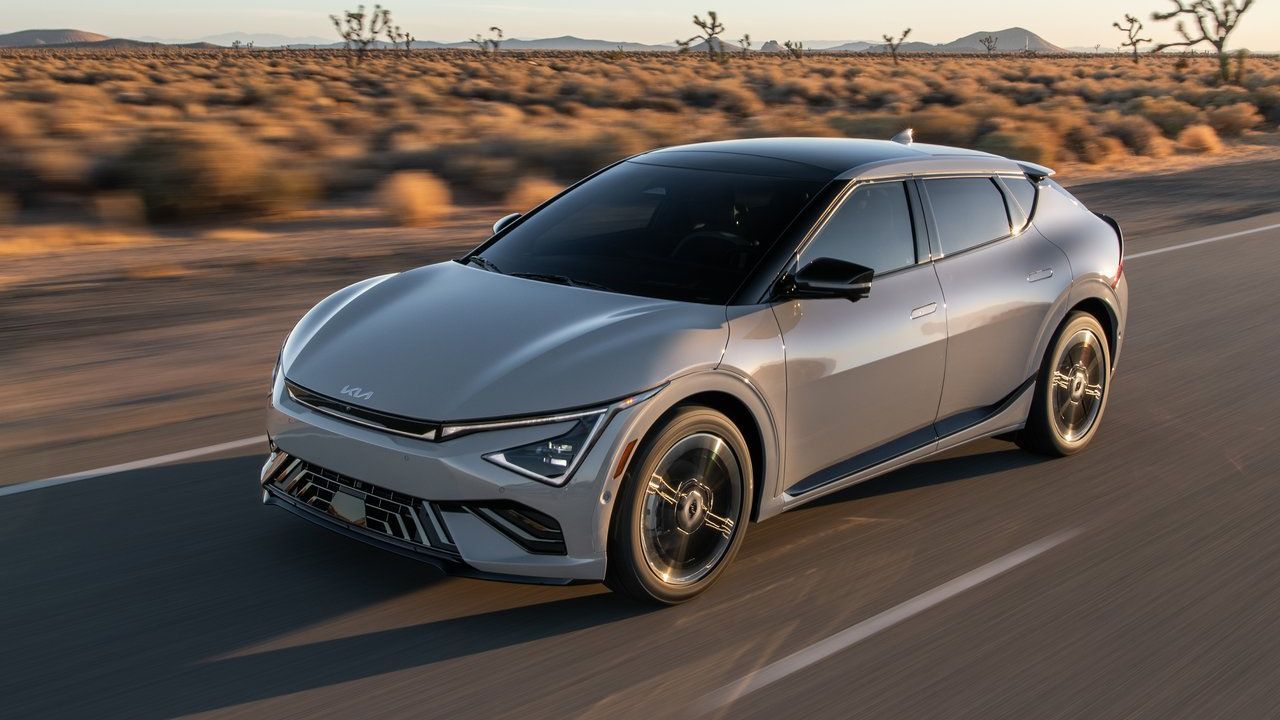
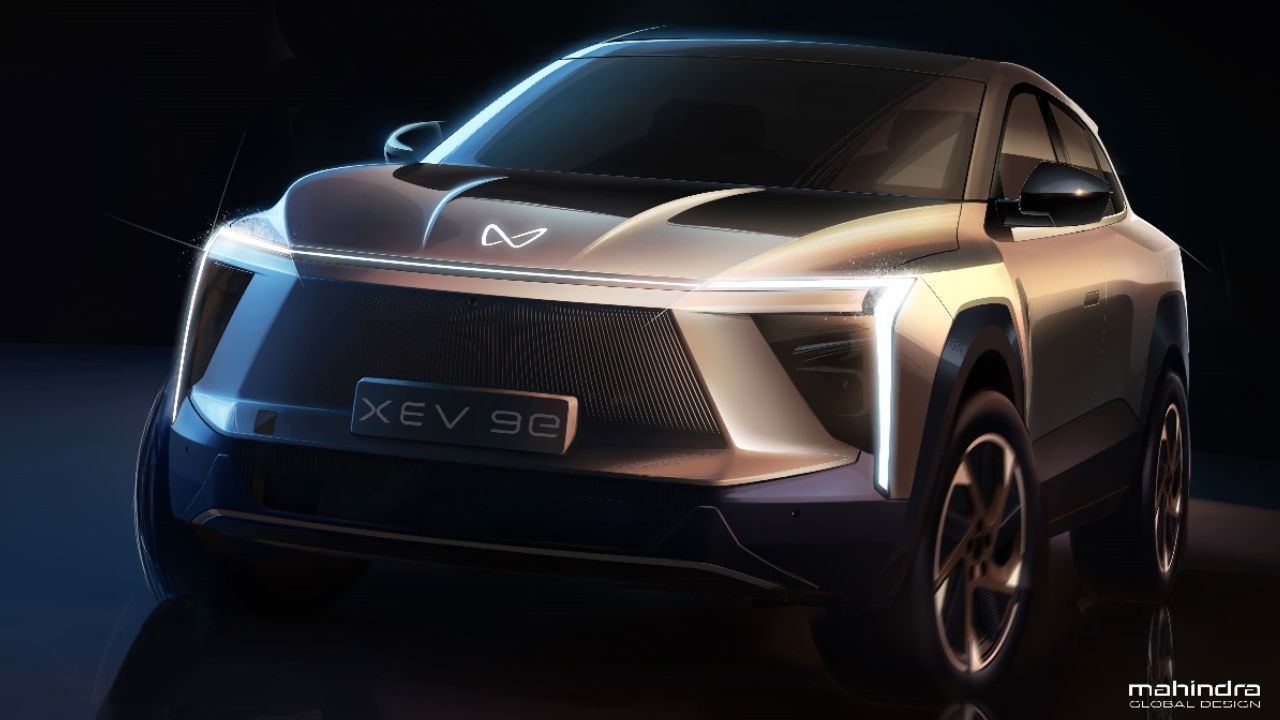
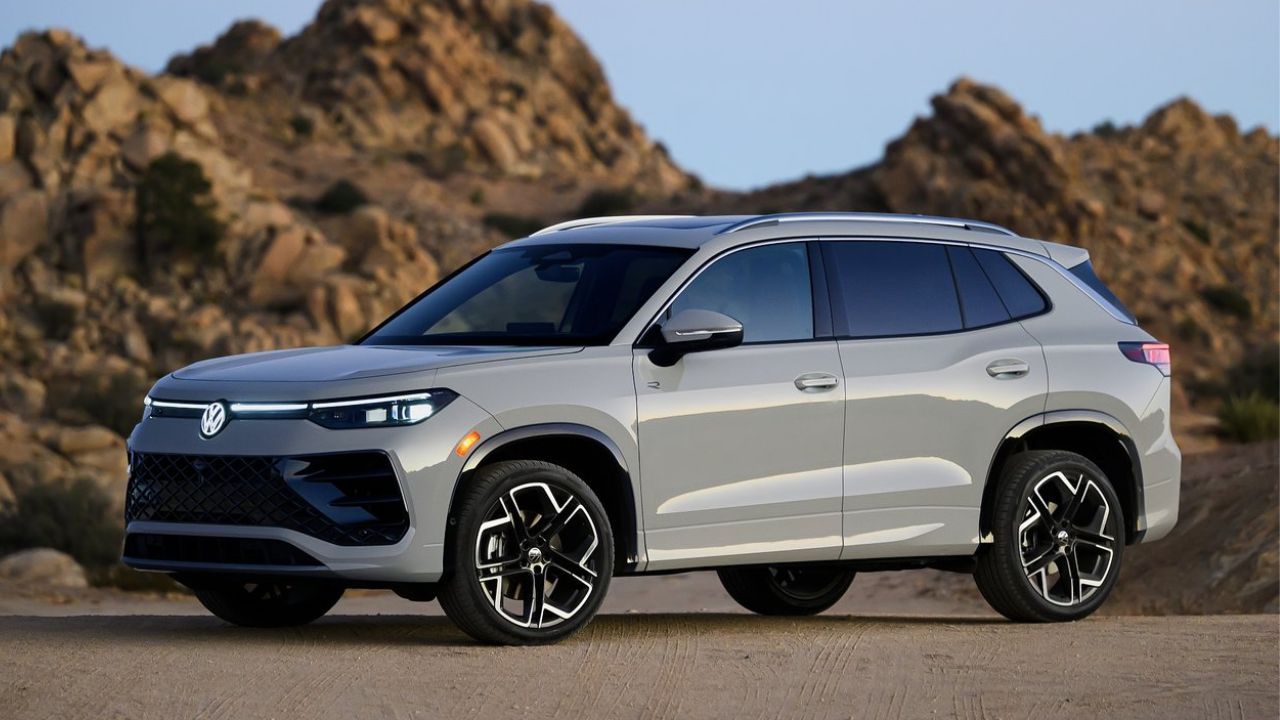
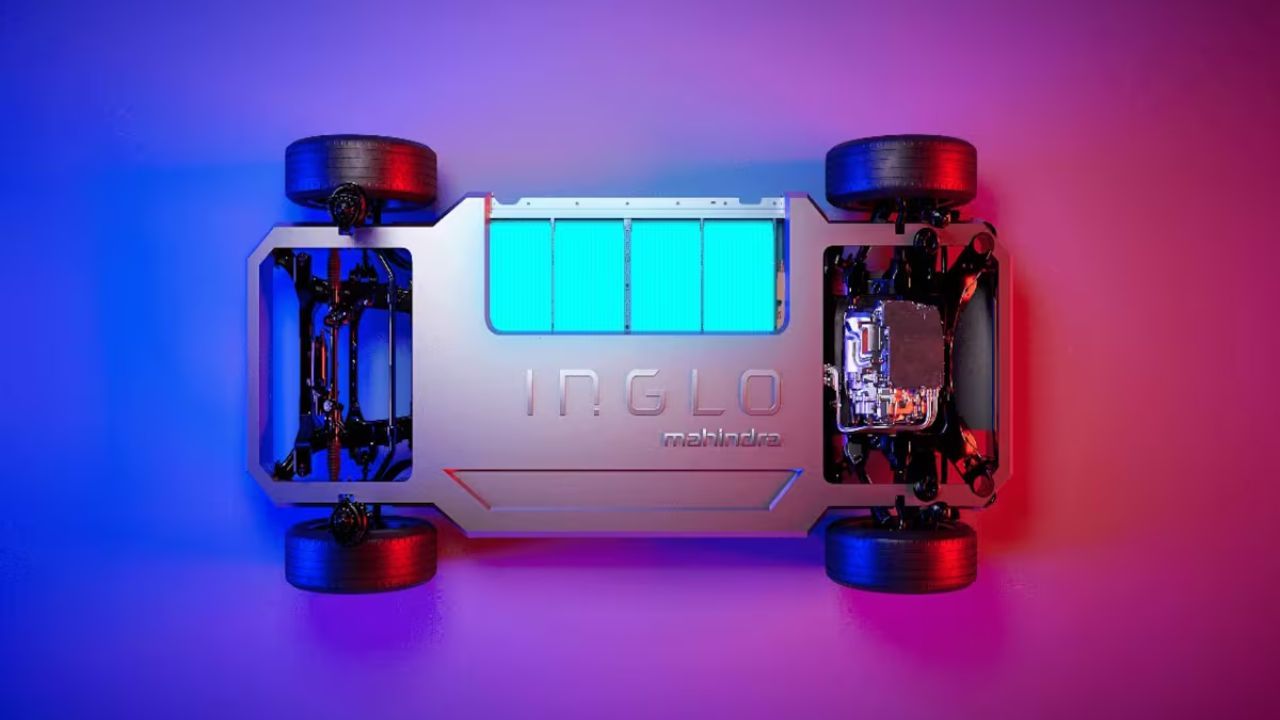
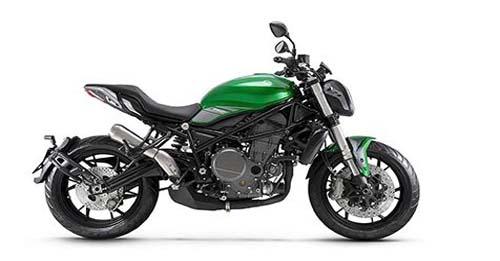
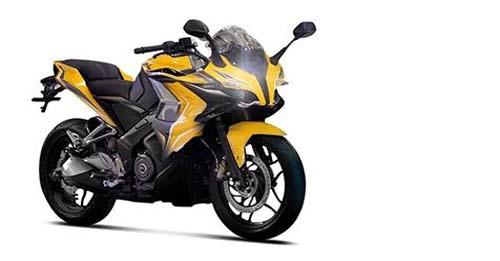
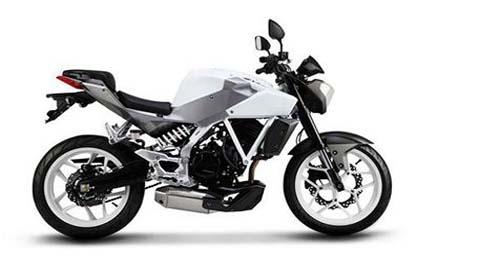
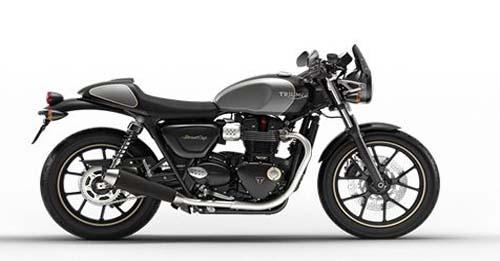
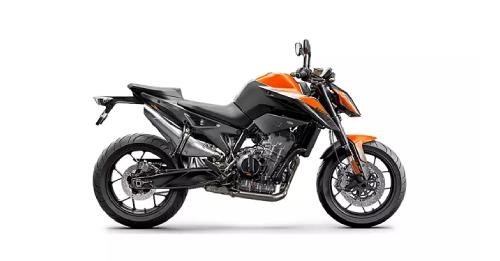









Write your Comment on